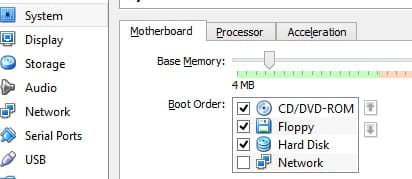

When we make the general VMs, we select 2048 MB (2GB) for RAM, but we often increase this for our personal machines as we have high-performing devices with spare RAM which Kali can utilize. Various tools inside of Kali can be demanding of resources. Again, the higher the amount of RAM, the more applications can be open and at increased performance. “Memory size” is the next section, where we can define how much RAM to use. For the “Version”, we are going to be using the 圆4 desktop image, so we are going to select Debian (64-bit). Example: kali-linux-2022.4-vbox-amd64).įor the “Type”, we set it as Linux. We are keeping it generic in this guide (as Kali is a rolling distribution, and we update it), however for our releases, we use the version number in the name as it is a fixed release ( kali-linux-YYYY.N-vbox-ARCH. This name is also used in any filenames (such as the configuration, hard disk and snapshot - which isn’t changed from this point).

The next screen is “Name and operating system” which is where you name the VM. Upon starting up VirtualBox, select “New” (Machine -> New).

You may need to enable virtualization in your BIOS/UEFI for (e.g.


 0 kommentar(er)
0 kommentar(er)
